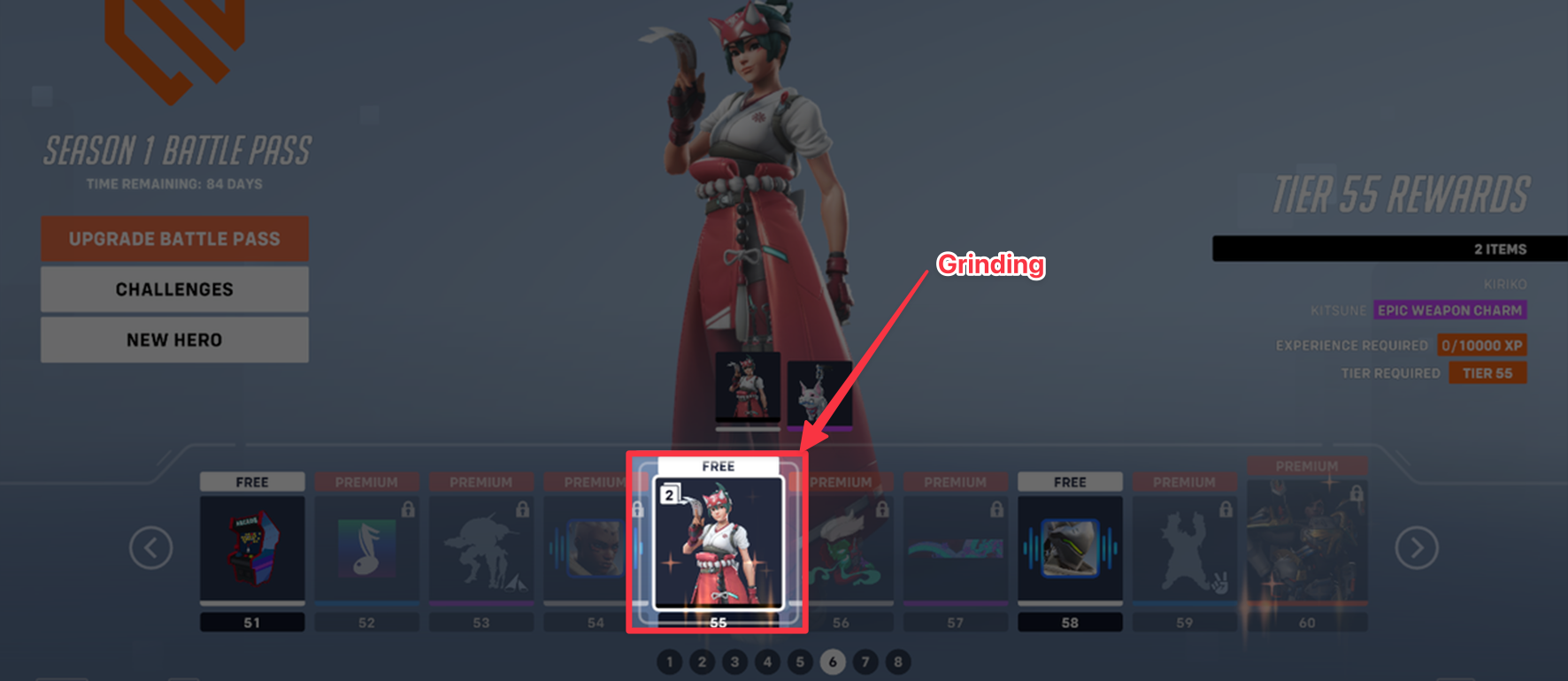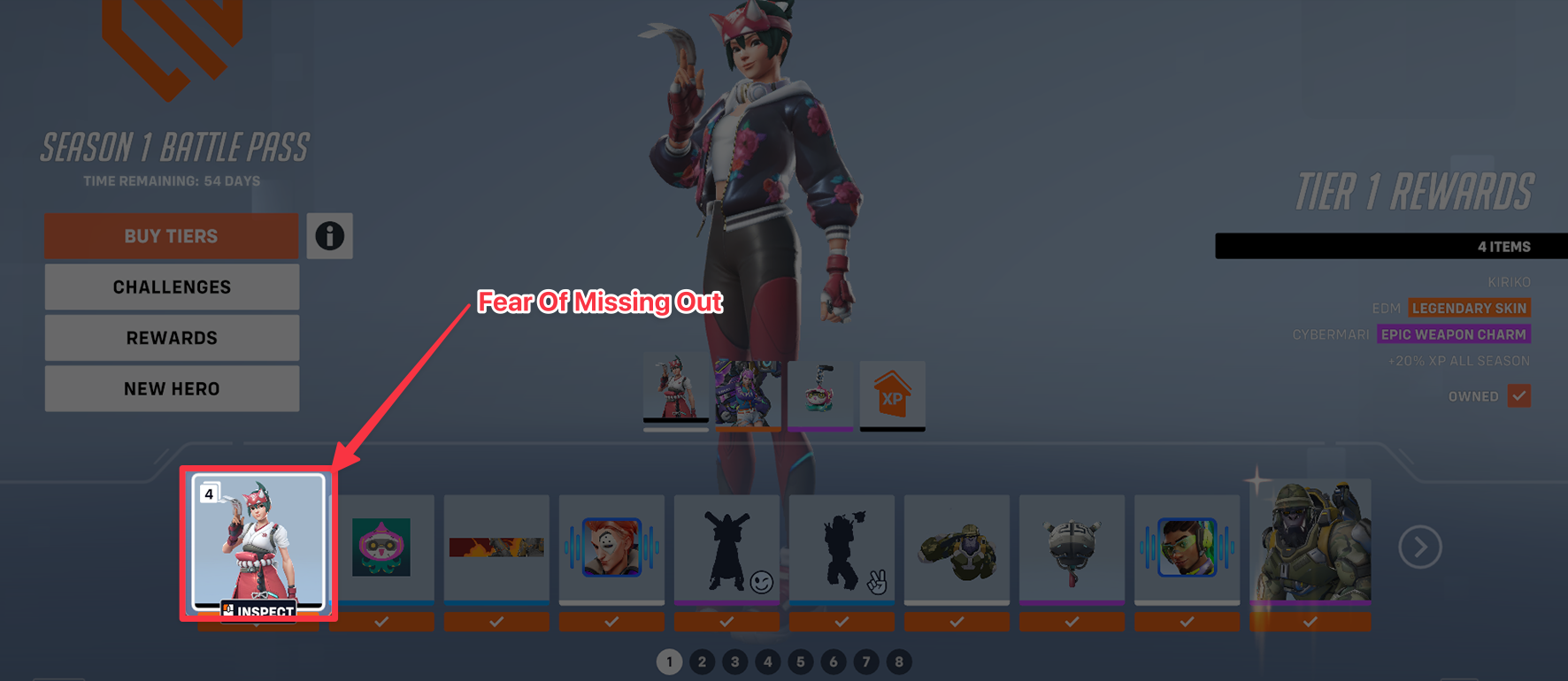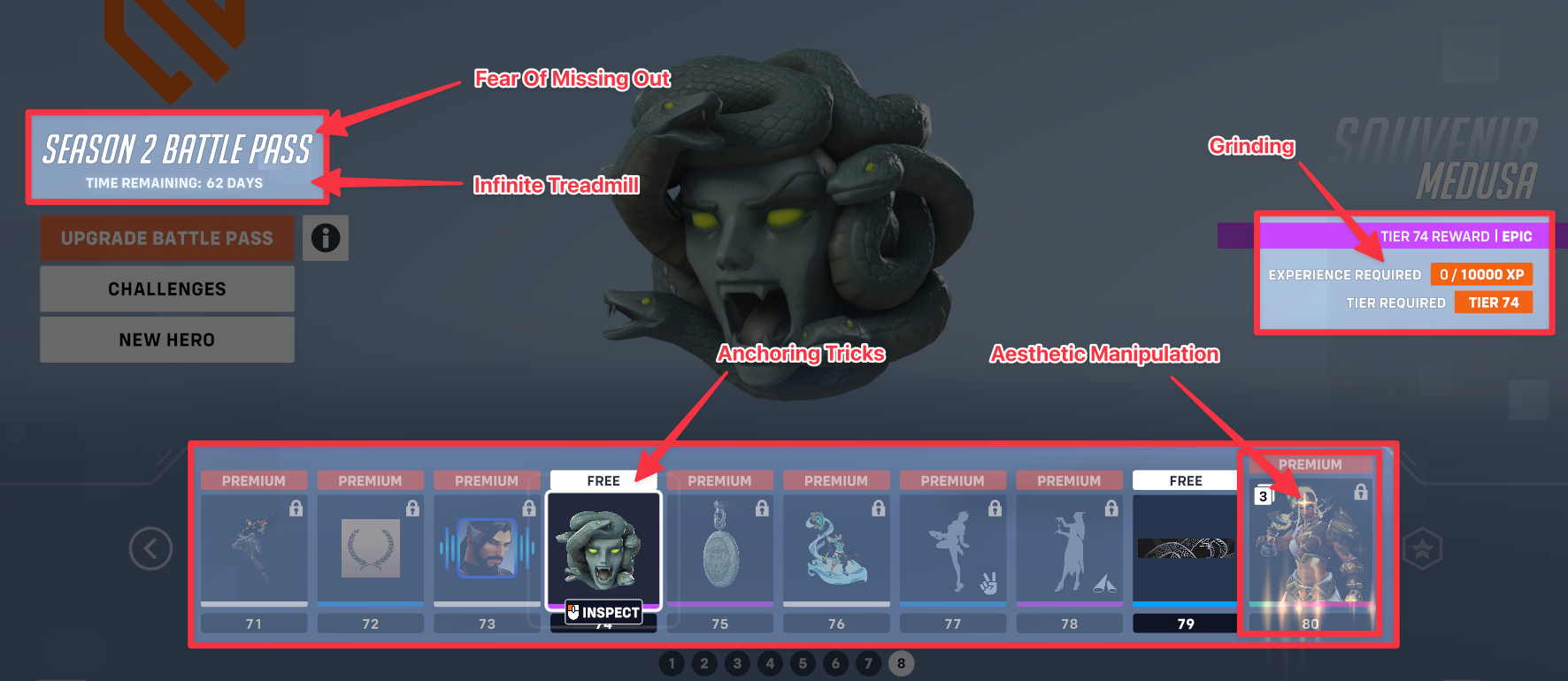





Figure. Deceptive design patterns demonstrated in OW2 game mechanics, which served as a starting point for our qualitative analysis on players’ perceptions and experiences from Reddit
Project Description
Over the last decade, the free-to-play (F2P) game business model has gained popularity in the games industry. We examine the role of deceptive design during a game’s transition to F2P and its impacts on players. Our analysis focuses on game mechanics and a Reddit analysis of the Overwatch (OW) series after it transitioned to an F2P model. Our study identifies nine game mechanics that use deceptive design patterns. We also identify factors contributing to a negative gameplay experience. Business model transitions in games present possibilities for problematic practices. Our findings identify the need for game developers and publishers to balance player investments and fairness of rewards. A game’s successful transition depends on maintaining fundamental components of player motivation and ensuring transparent communication. Compared to existing taxonomies in other media, games need a comprehensive classification of deceptive design. We emphasize the importance of understanding player perceptions and the impact of deceptive practices in future research.
Video
Related Publications
- Hilda Hadan, Sabrina Alicia Sgandurra, Leah Zhang-Kennedy, and Lennart E. Nacke. 2024. From Motivating to Manipulative: The Use of Deceptive Design in a Game’s Free-to-Play Transition. Proc. ACM Hum.-Comput. Interact. 8, CHI PLAY, Article 309 (October 2024), 31 pages. https://doi.org/10.1145/36770741
- Hilda Hadan, Leah Zhang-Kennedy, and Lennart E. Nacke. 2024. Computer-based Deceptive Game Design in Commercial Virtual Reality Games: A Preliminary Investigation. In Companion Proceedings of the Annual Symposium on Computer-Human Interaction in Play (CHI PLAY Companion ’24), October 14–17, 2024, Tampere, Finland. ACM, New York, NY, USA, 15 pages.https://doi.org/10.1145/3665463.36788201
- Hilda Hadan, Sabrina A. Sgandurra, Leah Zhang-Kennedy, and LennartE. Nacke. 2024. Culture Clash: When Deceptive Design Meets DiversePlayer Expectations. In Companion Proceedings of the Annual Symposiumon Computer-Human Interaction in Play (CHI PLAY Companion ’24), October 14–17, 2024, Tampere, Finland. ACM, New York, NY, USA, 5 pages. https://doi.org/10.1145/3665463.3678866



